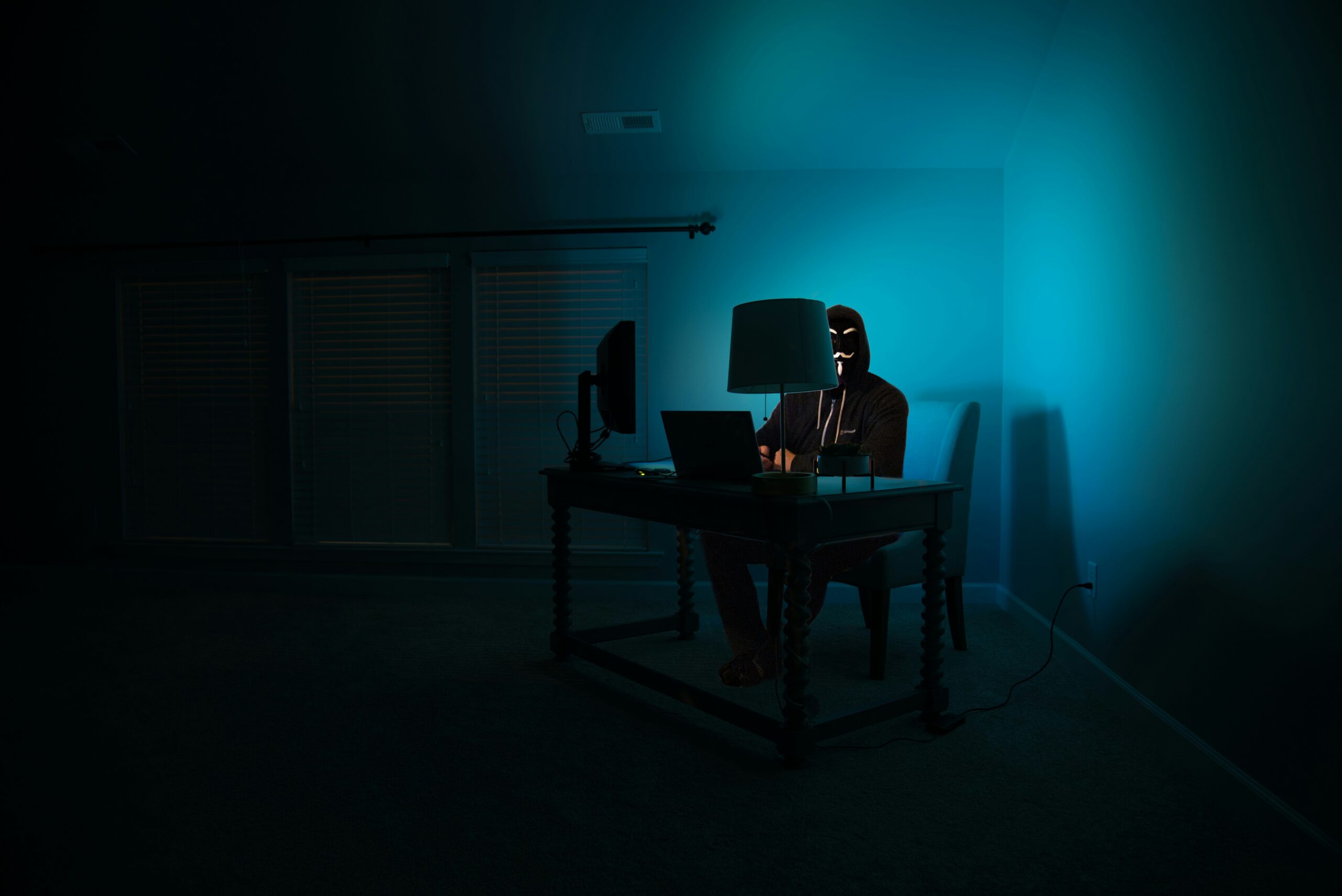Lord and Taylor, Warner Brothers, and L’Oreal all have something in common. Each of these companies have employed “social media influencers” to advertise their products and brands to consumers on social media.[1] Social media influencers (“influencers”) tend to be described as 20 somethings that have garnered thousands of followers.[2] Companies such as Lord & Taylor will pay these influencers thousands of dollars for them to snap pictures of their products and upload them on their different social media platforms.[3] The goal of social media influencing is to reach young consumers that live and breath through their social media.
According to the Federal Trade Commission (“FTC”), all endorsements and sponsored content via traditional media or social media must be disclosed or it is a violation of Section 5 of the FTC Act, which prohibits any “unfair or deceptive” business acts.[4] Therefore, endorsing products on your social media without disclosing that you are being paid to endorse a product or place that product in your Instagram post or YouTube beauty tutorial, falls under the “unfair and deceptive” practice category. The FTC has advised that “hashtags” such as #sponsored or #ad suffice as disclosure; however, hashtags such a #sp or #spon do not meet disclosure requirements.[5]
This has been an ongoing issue in the fashion and beauty industry for quite some time. The FTC has begun to scrutinize social media more, going after Lord & Taylor for unfair and deceptive advertising when they compensated several different girls to take pictures of themselves in the same dress and post it to their Instagram accounts.[6] There were no marketing disclosures from these girls and the FTC later fined Lord & Taylor.
While most social media influencing had tended to congregate in industries such as beauty and fashion, the practice of hiring social media influencers is expanding into many other industries. In the latest expansion, child product companies such as Hasbro have taken part in social media influencer marketing campaigns.[7]
Therefore, advocacy groups have a taken a new aim at influencer advertising directed at children. These groups filed a complaint October 21, 2016 with the FTC, arguing that Google, Disney Maker Studios, and other marketing companies have conducted unfair and deceptive business practices in their influencer marketing towards children.[8] The groups state that influencers are directly targeting children on apps such as “YouTube Kids” where influencers are advertising to young children with none of the required disclosures.[9]
The complaint alleges that these different companies have helped child directed influencer advertising flourish without the proper FTC disclosures, but also that advertising in this manner to children is unfair and deceptive because children are susceptible to manipulation.[10] The complaint states that children are considered a particularly vulnerable class because their brains have not fully developed and they cannot recognize the difference between an advertisement and a non-advertisement until about the age of 8 year olds.[11] For example, The YouTube Kids app is a perfect medium for this type of advertising with millions of kids using the app each day. While Google and YouTube say that they have banned any videos with paid endorsements, deceptive and unfair child directed advertising is still ending up on YouTube Kids.[12]
Advocacy groups argue this is clearly an unfair and deceptive practice prohibited by Section 5 of the FTC Act and that if adults are likely to be misled this type of deceptive advertising than children, most certainly more vulnerable, should be protected from these deceptive and unfair marketing practices.[13] If we don’t want adults subject to this form of deceptive marketing, it should not be allowed for children’s products either. However, it is up to the FTC to decide how far they are willing to take these types of complaints. The Lord & Taylor and Waner Bros. cases are only two examples of many companies and influencers taking advantage of a system that does not seem to be deeply scrutinizing their violations. In the case of adult marketed content (i.e. beauty products) maybe a savvy consumer will begin to recognize influencer strategies. However, if its takes a savvy consumer to try to determine influencer status, how can we expect young children to determine these differences on their own?
Jessica Honan is a second-year law student at Benjamin N. Cardozo School of Law and a Staff Editor of the Cardozo Arts & Entertainment Law Journal. She is interested in social media and health care. Catch her on LinkedIn.
[1] Sarah Halzack, Advocacy groups urge crackdown on ‘influencer’ marketing aimed at children, Washington Post, (Oct. 21, 2016), http://www.hhs.gov/hipaa/for-professionals/faq/575/what-does-hipaa-require-of-covered-entities-when-they-dispose-information/index.html; Julie Zerbo, L’Oreal Bloggers at center of Latest FTC Violations Mess, The Fashion Law (June 27, 2016), http://www.thefashionlaw.com/home/loreal-bloggers-at-center-of-latest-ftc-violations-mess; Lord of the Influencers, TRUTH IN ADVERTISING, (July 13, 2016), https://www.truthinadvertising.org/lord-of-the-influencers/.
[2] Alyssa Vignan Klein, 60 minutes airs extremely overdue explainer on the ‘influencer’ phenomenon, Fashionista (Oct 24, 2016) http://fashionista.com/2016/10/influencers-60-minutes.
[3] See Halzack infra note 1.
[4] Influencer Complaint from Campaign for a Commercial-Free Childhood to FTC (Oct. 21, 2016). http://www.commercialfreechildhood.org/sites/default/files/FTCInfluencerComplaint.pdf
[5] See Zerbo infra note 1.
[6] See Halzack infra note 1.
[7] Id.
[8] Id.
[9] See infra note 4 at 10.
[10] Id at 7.
[11] Id at 8-9.
[12] Id at 36.
[13] Id at 12.



